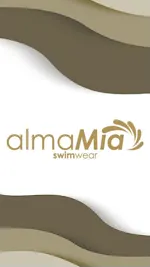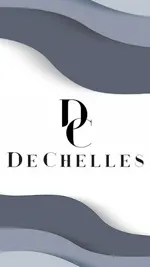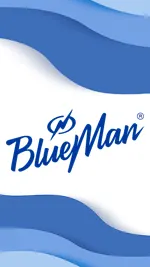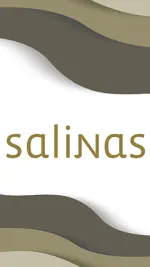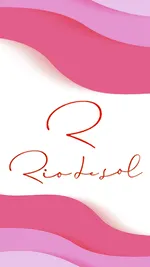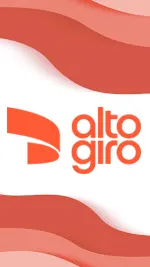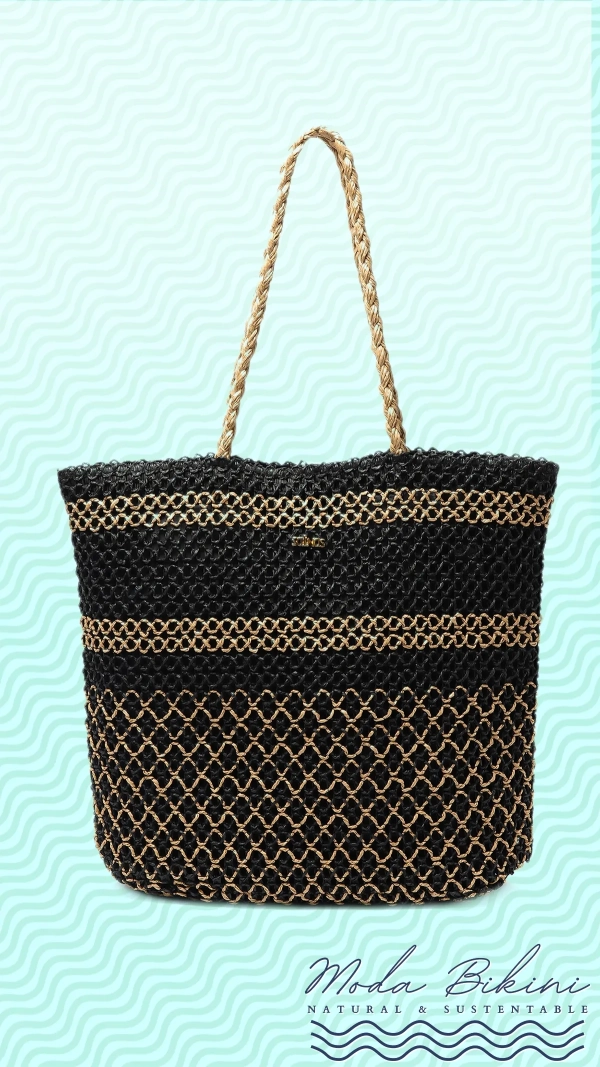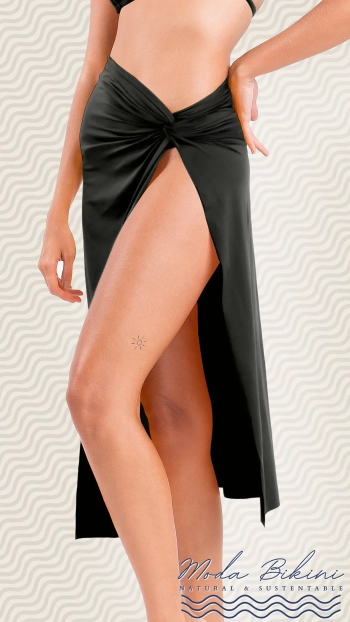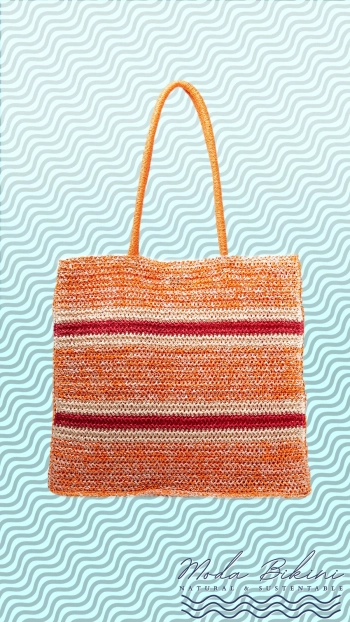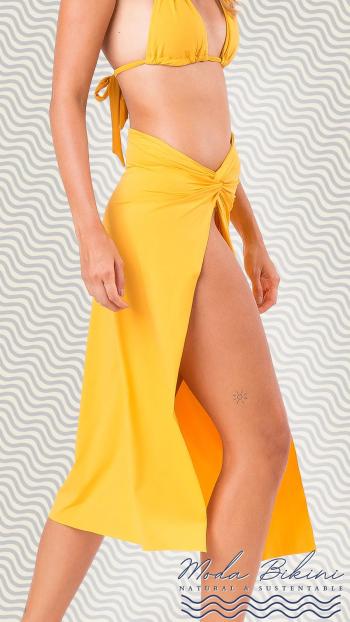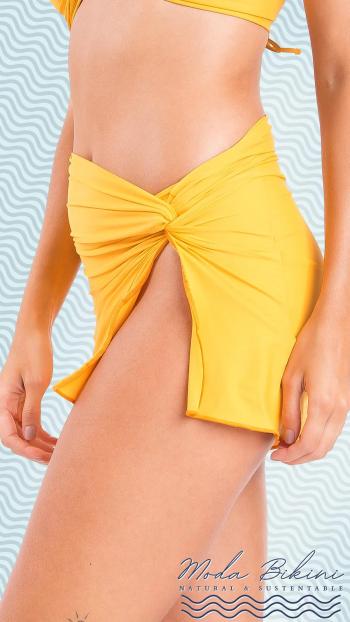LAVA Rafia by Salinas
Natural Raffia Beach Bag
Bring Elegance to the Seashore
The LAVA Rafia Salinas Beach Bag combines traditional craftsmanship with modern functionality, perfect for sunny days by the sea.
This beach bag is meticulously made of natural raffia, standing out for its durability and resistance without sacrificing flexibility.
Its design incorporates a pattern of horizontal and honeycomb stripes in natural and black tones, offering a textured finish that captures attention.
Deal size to transport your towel and your beach accessories. while its handles offer the option of carrying it on the shoulder or in the hand.
Each bag, slightly unique in size due to its artisanal nature, is a testament to quality and style.
Features of the LAVA Raffia Salinas Beach Bag:
Dimensions : Height: 36cm - Length: 36cm - Width: 16cm
High Quality Material : Made of 100% natural raffia, treated to maintain its color and properties over time.
Artisanal Design : Striped and honeycomb pattern in natural and black tones with a textured fabric that offers an artistic and chic look.
Capacity : Spacious interior ideal for storing all your beach essentials.
Versatility of Use : Top handles for multiple carrying options, either on the shoulder or as a handbag.
Easy Care : Simple cleaning with a damp cloth and quick drying to keep the bag in optimal condition.
Ethical Manufacturing : Produced in Brazil under high quality standards and respect for traditional art.
What is Natural Raffia?
Natural raffia is a fiber obtained from the leaves of palm trees of the Raphia genus. These leaves are processed to obtain threads that are later used in the manufacture of our beach bags.
The extraction of the raffia is completely manual, which avoids the use of machinery that could damage the environment. Furthermore, this practice provides employment to local inhabitants and is carried out in a sustainable and environmentally friendly manner.
Notable properties of natural raffia include its durability and heat resistance, its ability to maintain its shape once woven, its flexibility and its high aesthetic value.
It is, in short, a completely organic material, sustainable and favorable for the economic development of the communities that depend on its collection and processing.

